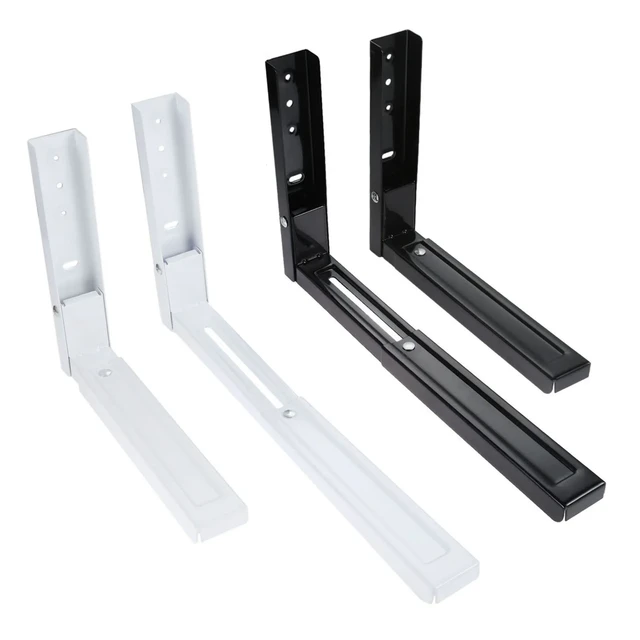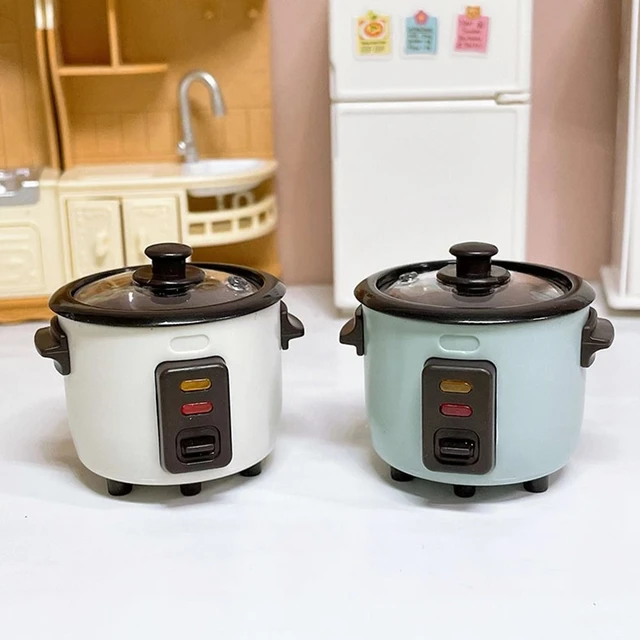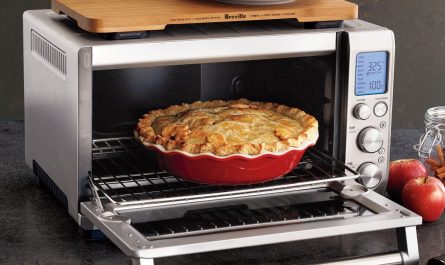Introduction:
When designing a kitchen, every detail matters, including the handles on kitchen appliances. The question of whether kitchen appliance handles should match is a matter of personal preference and the overall design style you wish to achieve. While matching handles can create a cohesive and unified look, mixing handles can add visual interest and individuality to the space. In this article, we will explore the concept of matching kitchen appliance handles, the benefits of mixing handles, considerations for different design styles, and practical factors to keep in mind. By understanding these factors, you can make an informed decision on whether kitchen appliance handles should match or if mixing handles is the right choice for your kitchen design.

Should kitchen appliance handles match?
Cohesion and Uniformity:
a. Creating a Cohesive Look: Matching kitchen appliance handles can create a cohesive and unified look in the kitchen. It provides a sense of consistency and harmony by repeating the same handle style or finish throughout the space.
b. Enhancing the Design: Matching handles can enhance the overall design of the kitchen by ensuring that the appliances seamlessly blend with other elements, such as cabinetry, countertops, and hardware. This creates a polished and refined aesthetic.
c. Simplifying the Decision-Making Process: Choosing matching handles simplifies the decision-making process, as there is no need to consider contrasting or coordinating handles. This can be particularly helpful if you prefer a streamlined and effortless design approach.
Adding Visual Interest and Individuality:
a. Creating a Focal Point: Mixing kitchen appliance handles can add visual interest and create a focal point in the kitchen. It allows appliances to stand out and become a statement piece, drawing attention and adding personality to the space.
b. Reflecting Personal Style: Mixing handles allows for personal expression and the opportunity to reflect your unique style and taste. It adds a touch of individuality to the space and allows you to create a kitchen that is truly your own.
c. Designing with Contrast: Mixing handles creates contrast within the kitchen, which can be visually appealing and dynamic. Contrasting handles can complement other design elements and create a visually stimulating environment.
Considerations for Different Design Styles:
a. Traditional and Classic Styles: In traditional or classic kitchen designs, matching appliance handles can maintain a timeless and elegant look. It provides a sense of continuity and complements the overall design choices often associated with these styles.
b. Modern and Contemporary Styles: Mixing handles can be particularly suitable for modern and contemporary kitchen designs. The juxtaposition of different handle styles or finishes can add a touch of edginess and create a more eclectic and visually engaging space.
c. Transitional Styles: Transitional kitchen designs often blend traditional and contemporary elements. In this case, you can opt for either matching or mixed handles, depending on the overall balance and harmony you want to achieve between the different design elements.
Practical Considerations:
a. Comfort and Ergonomics: When choosing appliance handles, consider their comfort and ergonomic aspects. Handles that are comfortable to grip and operate are essential for ease of use and daily functionality in the kitchen.
b. Maintenance and Cleaning: Different handle finishes may require varying levels of maintenance and cleaning. Consider the practicality of cleaning and maintaining different handle materials, such as stainless steel, brushed nickel, or matte finishes, based on your lifestyle and preferences.
c. Integration with Existing Elements: When deciding whether handles should match or mix, consider how they integrate with existing elements in your kitchen. Take into account other hardware finishes, such as cabinet pulls or faucets, and ensure that the handles complement and enhance the overall design.
Conclusion:
The decision of whether kitchen appliance handles should match or mix ultimately depends on your personal preference and the design style you want to achieve. Matching handles create a cohesive and unified look, enhancing the overall design and simplifying the decision-making process. On the other hand, mixing handles adds visual interest, reflects personal style, and can create focal points within the kitchen. Consider the benefits of both approaches and how they align with your design goals and individuality. Additionally, take into account the design style of your kitchen, considering whether matching or mixing handles is more suitable. Practical considerations such as comfort, maintenance, and integration with existing elements should also be taken into account. Ultimately, the choice of matching or mixing kitchen appliance handles is a personal one, allowing you to create a kitchen that is a true reflection of your style and preferences.




